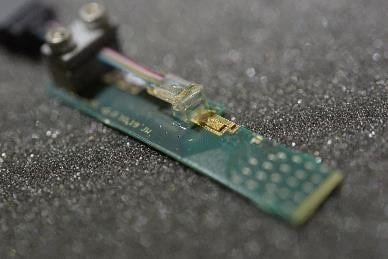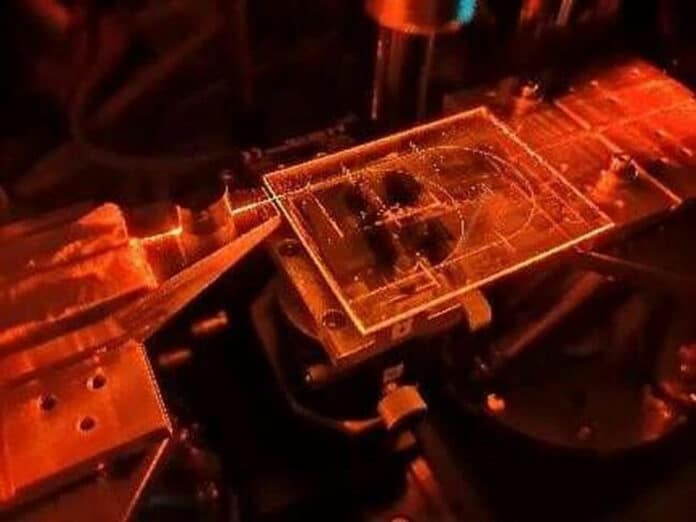A proven method for distributing secret keys for secure communication between remote participants is quantum key distribution (QKD). Instead of relying on computational complexity, as with current communication protocols, its security is based on the quantum qualities of light, which are used to generate secure random keys for encrypting and decrypting data.
The aim of the QKD is the ability to integrate it into a real-world communications network simply. An essential step toward this goal is the use of integrated photonics.
In a new study, scientists have described a QKD system based on integrated photonics that can transmit secure keys at unprecedented speeds. The proof-of-principle experiments are critical to practically implementing this incredibly secure communication technique.
This new QKD system integrates all components into chips except the laser and detectors. This comes with many advantages, such as compactness, low cost, and ease of mass production.
Research team member Rebecka Sax from the University of Geneva in Switzerland said, “This work justifies the technology maturity and helps address the technicalities around implementing it via optical integrated circuits, which would allow integration in networks and other applications.”

In an earlier study, the scientists created a three-state time-bin QKD protocol that was implemented using standard fiber-based components to achieve QKD transmission at record-fast rates. Scientists in this study wanted to implement the same protocol using integrated photonics.
Sax said, “The compactness, robustness, and ease of manipulation of an integrated photonic system — with fewer components to verify when implementing or to troubleshoot in a network — improves the position of QKD as a technology for secure communication.”
For this work, scientists collaborated with silicon photonics company Sicoya GmbH in Berlin, Germany, and quantum cybersecurity company ID Quantique in Geneva to develop a silicon photonics transmitter that combines a photonic integrated circuit with an external diode laser.
The silica-based QKD receiver comprises a photonic integrated circuit and two external single-photon detectors. The receiver was made by Roberto Osellame’s team at the CNR Institute for Photonics and Nanotechnology in Milan, Italy, using femtosecond laser micromachining.
Using an external laser with a photonic and electronic integrated circuit for the transmitter made it possible to accurately produce and encode photons at a record speed of up to 2.5 GHz. For the receiver, a low-loss and polarization-independent photonic integrated circuit and a set of external detectors allowed passive and simple detection of the transmitted photons. Connecting these two components with a standard single-mode fiber enabled the high-speed production of secret keys.
The integrated transmitter and receiver were thoroughly characterized before carrying out a secure key exchange over 150 km of single-mode fiber and single-photon avalanche photodiodes, which are well-suited for real-world applications. They ran tests with single-photon superconducting nanowire detectors, which allowed for studies with a quantum bit error rate as low as 0.8%. In addition to polarisation independence, which is difficult to achieve with integrated photonics, the receiver also had a shallow loss at about 3 dB.
Sax said, “In terms of secret key rate production and quantum bit error rates, these new experiments produced results similar to those of previous experiments performed using fiber-based components. However, the QKD system is much simpler and more practical than the previous experimental setups, thus displaying the feasibility of using this protocol with integrated circuits.”
Journal Reference:
- R. Sax, A. Boaron, G. Boso, S. Atzeni, A. Crespi, F. Grünenfelder, D. Rusca, A. Al-Saadi, D. Bronzi, S. Kupijai, H. Rhee, R. Osellame, H. Zbinden, “High-speed integrated QKD system,” Photonics Research, 11, 6, 1007-1014 (2023). DOI: 10.1364/PRJ.481475
